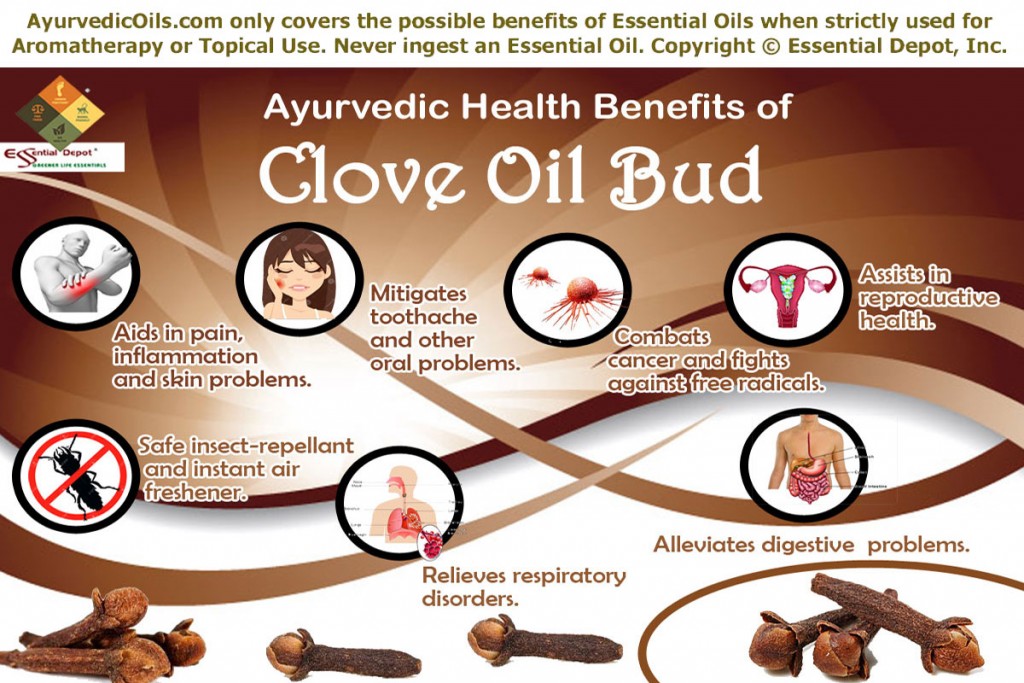Since the publication of Duke’s first phytochemical works (Duke 1992a, 1992b), we have almost doubled the phytochemicals, biological activities and species in our database. With this new contribution, we include much new data in the aromatic mint family, Lamiaceae. Data on the mint family are presented here in much the same format and with many of the same caveats and interpretations as before.
Aggregated vs. Non-Aggregated Entries
The latest volume differs from earlier volumes in that we maintain the integrity of many entries, publishing the phytochemical quantitative data for a given analysis, rather than strictly aggregating the data. Over the years it has become clear to us that the aggregated data, which report the highs and lows for a given phytochemical in parts per million (ppm), are most useful for showing the range of variation of these individual phytochemicals, which can be quite striking. For some species of thyme, this variation can be as much as 13,900-fold.
One common mistaken interpretation of the aggregated data is that a species might appear to be high in two closely related compounds, for example thymol and carvacrol. However, the non-aggregated analyses show that, rather than positive correlations between levels of closely related compounds, there is often compensation – when one compound is raised in quantity, another is lowered.
Synergy
We have learned in the last five years, that most species have many phytochemicals with many biological activities and that many of the phytochemicals we use for medicines, especially the antibiotics (anthelminthics, bactericides, fungicides, viricides, vermifuges, etc.), serve as natural pesticides for the species containing them. As we would expect, evolution seems to favor a synergy among such pesticides, which often carries over into their medical potential.
By examining the non-aggregated entries, one can, through various computational techniques, ask which of the mint analyses cited in this volume have the greatest reported variety or total concentration of phytochemicals with a specific activity (for instance which mints have the greatest number of antispasmodic compounds and which have the greatest total reported concentration of one or all of these spasmolytic compounds). A number of tools have been developed by the authors to allow these types of queries to be made for the entire phytochemical database (including the mints) on the Internet (Beckstrom-Sternberg and Duke) at the following URL: http://www.ars-grin.gov/duke/.
Properties of Aromatic Compounds
Because of the unique properties of aromatic compounds, which are important for both herbal medicine and aromatherapy, there’s more to aromatherapy than meets the nose. It has been clearly demonstrated that many of the aromatic compounds are biologically active whether inhaled, ingested, or applied topically. Cineole for example, via its CNS activities, can improve a rodent’s ability to work its way through a maze, whether ingested or inhaled. Likewise, cineole, as well as other aromatic compounds, can speed up and increase the transdermal absorption of other compounds, sometimes by as much as 100-fold. The implications of this are inspiring as well as sobering. The increased absorbtion allows smaller amounts of an active compound to be used, and puts it directly into the bloodstream rather than passing through the gut, where it could be altered or inactivated. On the down side, too much of a good thing could be fatal, pointing to the need for standardization of topically applied compounds and their carriers, especially in light of the huge variation in the concentrations of plant chemical constituents.
Ecotypes
One interesting speculation to us is that rosemary, the herb of remembrance, may in fact be preventively active, perhaps even transdermally, against Alzheimer’s disease. Rosmarinic acid, namesake of rosemary, has three different activities that might be useful in Alzheimer’s disease: anticomplement activity, antioxidant activity, and choline sparing activity. There are over a dozen antioxidants in rosemary and more than five anticholinesterase compounds. By analyzing the non-aggregated, individual assay data we can see which ecotype or variety is best endowed with these biologically active compounds. This ecotypic variation could form the basis of an industry dedicated to cultivating specialized ecotypes of the same species for different medicinal applications.
Food and Drug Administration (FDA)
With the new labeling laws signed by President Clinton on October 15, 1994, it seems legal and possible for herbalists to say that rosemary contains these compounds, but not to say that rosemary will prevent or decelerate Alzheimer’s. We believe that rosemary, the herb of remembrance, can be proved useful in Alzheimer’s, and that it may be more useful than some FDA-approved drugs for Alzheimer’s. However, we doubt that anyone will invest the required 500 million to prove that rosemary is safe and efficacious for Alzheimer’s. So for economic reasons, we may not be getting the best medicine for Alzheimer’s. It would be difficult to secure a patent for rosemary for Alzheimer’s. Strangely though, one could analyze different varieties of rosemary to find which one was richest in the anticholinesterase compounds and patent that variety as unique phytochemically, to be clonally reproduced, under ecological conditions that increase the quantities of the anticholinesterase compounds.
Aromathematics
Of course, as new data accumulates, other edible and non-edible mints may prove even richer in antialzheimeran phytochemicals. Mints other than lavender and melissa may prove richer in sedative compounds. Mints other than peppermint and spearmint may prove richer in carminative compounds and antipruritic phytochemicals. Mints other than perilla may prove richer in breast-cancer preventive phytochemicals like carvone, limonene, and perillyl-alcohol. That’s what’s so exciting about this new field we call aromathematics (so as not to offend long-term advocates of aromatherapy), which is here defined as the study of aromatic compounds and their biological activities; with each new detailed analysis published, a new candidate may emerge for several diseases.
Standardized Extracts vs. the Silver Bullet
We feel that in many cases, standardized extracts of these potent mints, may be safer and just as efficacious as many of the more expensive synthetic options. Consider the following example. If your physician has diagnosed you correctly (with Lyme disease, the physician is wrong nearly half the time), and if you do not have any co-morbid factors (most of us do), and if you are not deficient in some mineral, vitamin, or vital phytochemical that has not yet proven vital (and most of us are deficient in at least one), then the physician’s silver bullet may help. But if all three conditions are not satisfied, then the safe herbs may have more to offer. The homeostatic human body is good at sequestering from an herb tea those phytochemicals that it needs and rejecting things it doesn’t need. Thus the menu of thousands of phytochemicals in an herb tea may give the human body opportunity to select those that it needs, rejecting those that might be harmful.









